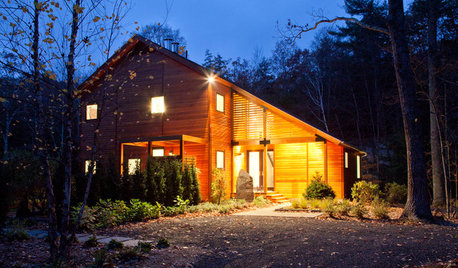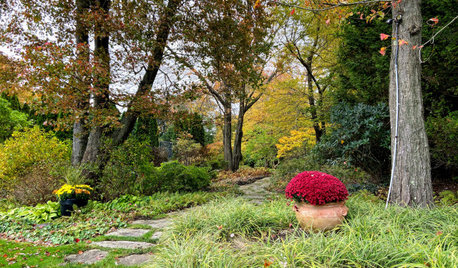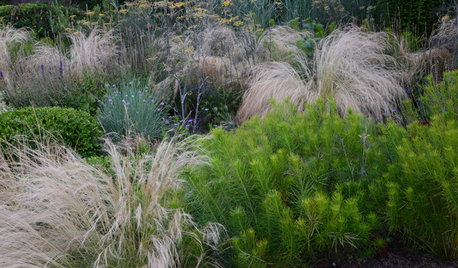Planting trees DESPITE septic tank/leach lines
fenix
14 years ago
Featured Answer
Comments (29)
Toronado3800 Zone 6 St Louis
14 years agoRelated Professionals
Lake Saint Louis Landscape Contractors · Little Ferry Landscape Contractors · Ronkonkoma Landscape Contractors · St. Louis Landscape Contractors · Carmel Siding & Exteriors · Fort Worth Siding & Exteriors · Orange County Siding & Exteriors · Solana Beach Decks, Patios & Outdoor Enclosures · Cincinnati Decks, Patios & Outdoor Enclosures · Hayward Decks, Patios & Outdoor Enclosures · Monroe Decks, Patios & Outdoor Enclosures · Roanoke Decks, Patios & Outdoor Enclosures · Spanaway Decks, Patios & Outdoor Enclosures · Santa Monica Decks, Patios & Outdoor Enclosures · Norco Stone, Pavers & Concretetree_oracle
14 years agowhaas_5a
14 years agotreebarb Z5 Denver
14 years agofenix
14 years agoken_adrian Adrian MI cold Z5
14 years agoterrene
14 years agoiforgotitsonevermind
14 years agoterrene
14 years agolucky_p
14 years agoken_adrian Adrian MI cold Z5
14 years agolucky_p
14 years agol_james
14 years agodrrich2
14 years agoterrene
14 years agofenix
14 years agoalabamatreehugger 8b SW Alabama
14 years agoToronado3800 Zone 6 St Louis
14 years agogardengal48 (PNW Z8/9)
14 years agojean001
14 years agoDan _Staley (5b Sunset 2B AHS 7)
14 years agofenix
14 years agoToronado3800 Zone 6 St Louis
14 years agofenix
14 years agoilovemytrees
14 years agoterrene
14 years agodrrich2
14 years agolucky_p
14 years ago
Related Stories

CONTEMPORARY HOMESHouzz Tour: Strong, Modern Lines Stand Up to the Trees
Modernism takes kindly to the New York woods, with double-height ceilings for openness and a burbling creek for music
Full Story
LANDSCAPE DESIGNThe 7 Best Plant Types for Creating Privacy and How to Use Them
Follow these tips for using different kinds of plants as living privacy screens
Full Story
LANDSCAPE DESIGNPretty Trees for Patios, Paths and Other Tight Spots
Choose trees for their size, shape and rate of growth — or shape them to fit your space. Here's how to get started
Full Story
GARDENING GUIDES5 Best-Behaved Trees to Grace a Patio
Big enough for shade but small enough for easy care, these amiable trees mind their manners in a modest outdoor space
Full Story
LANDSCAPE DESIGNSmall Garden? You Can Still Do Bamboo
Forget luck. Having bamboo that thrives on a wee plot just takes planning, picking the right variety, and keeping runners in check
Full Story
GARDENING GUIDES4 Elements of a Stunning Fall Garden
Late summer is a good time to look beyond trees to create an autumn landscape that draws the eye and stirs the soul
Full Story
GARDENING GUIDES4 Ways to Break the Rules in Your Garden
For a more creative landscape design, take a different approach to planting
Full Story
LAWN ALTERNATIVESStop Fighting the Patchy Lawn!
Here are 3 situations where a garden may be a better idea than more turfgrass
Full Story
LANDSCAPE DESIGNGet Along With Less Lawn — Ideas to Save Water and Effort
Ditch the mower and lower your water bill while creating a feast for the eyes with diverse plantings and gathering places
Full Story
GARDENING GUIDESGet on a Composting Kick (Hello, Free Fertilizer!)
Quit shelling out for pricey substitutes that aren’t even as good. Here’s how to give your soil the best while lightening your trash load
Full StorySponsored
Most Skilled Home Improvement Specialists in Franklin County
More Discussions









jean001